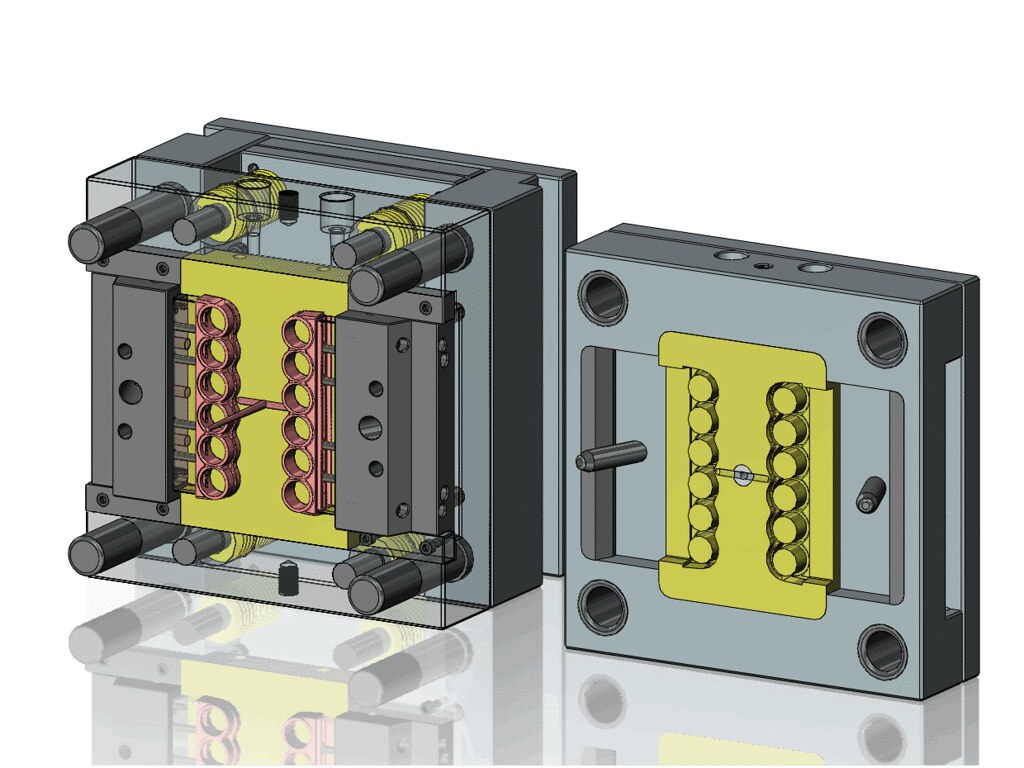
When a product is designed using an injection molding technique, the main aim is to achieve a technically accurate design that will work fine and can be manufactured at a low cost. Since high-performance plastic available in today’s market has may design properties that were expected previously from metals only, they are being used in various applications including plumbing, medical, shipping, automobile, and aerospace as well.
Here, we are going to share some important factors that improve the design of plastic injection molding.
1. Tooling:
There is no denying that people often associate injection molding with high volume production. When one needs to design parts in millions, the molds are generally made from steel. Even though it takes time and cost to create the mold, there are more advantages apart from high production. More cavities can be created in steel tooling which means more parts can be made per cycle. Plus, it can also handle complex geometries and different surface finishes.
2. Material:
The selection of material is another important factor in the designing process that uses injection molding. Mechanical properties are determined that will play a critical role for the parts to be made. For instance, how much weight it needs to support, whether it would be used in extreme temperature conditions or if transparency would be the desired factor. After obtaining all such data, the available choices of material are narrowed down. Some of the conventional thermoplastics commonly used for injection molding are ABS (Acrylonitrile Butadiene Styrene), PP (Polypropylene) and Acrylic.
3. Moldability:
A certain set of requirements needs to be fulfilled for injection molding to get consistent and quality results. While creating a mold, desired features should be adjusted for the resin so that material can flow well in the mold, cool evenly and chances of defects such as flash warp, sink, and knit lines can be reduced.
Standard Features in Injection Molding Design:
There are some desired features in the injection molding design to achieve the best results and reduce defects. To diminish the possibility of warping and sinking and allow even cooling, the mold should have a consistent wall thickness. A rule is also set for designing walls which states that a wall should not be less than 40 to 60 thicker than adjacent walls.
Avoiding sharp corners and edges can help the resin to flow within the cavity smoothly, add strength and reduce stress. However, if sharp corners are necessary, it is vital to choose the right material.
On the other hand, a draft can be applied to vertical walls so that strength can be increased. It refers to the angle on the part surfaces running parallel to the mold opening. The recommended draft is one degree per inch of the cavity depth.
Selecting the Right Injection Molding Service Provider in China:
To find the right company for injection molding in China, you need to focus on a few things. You must consider the type of tooling, lead time, minimum quantity required, and cost of tooling and parts. The level of experience and reputation in the market also plays a substantial role. Besides, many manufacturing aspects should also be considered such as material handling, quality controls, and machining capabilities.
















